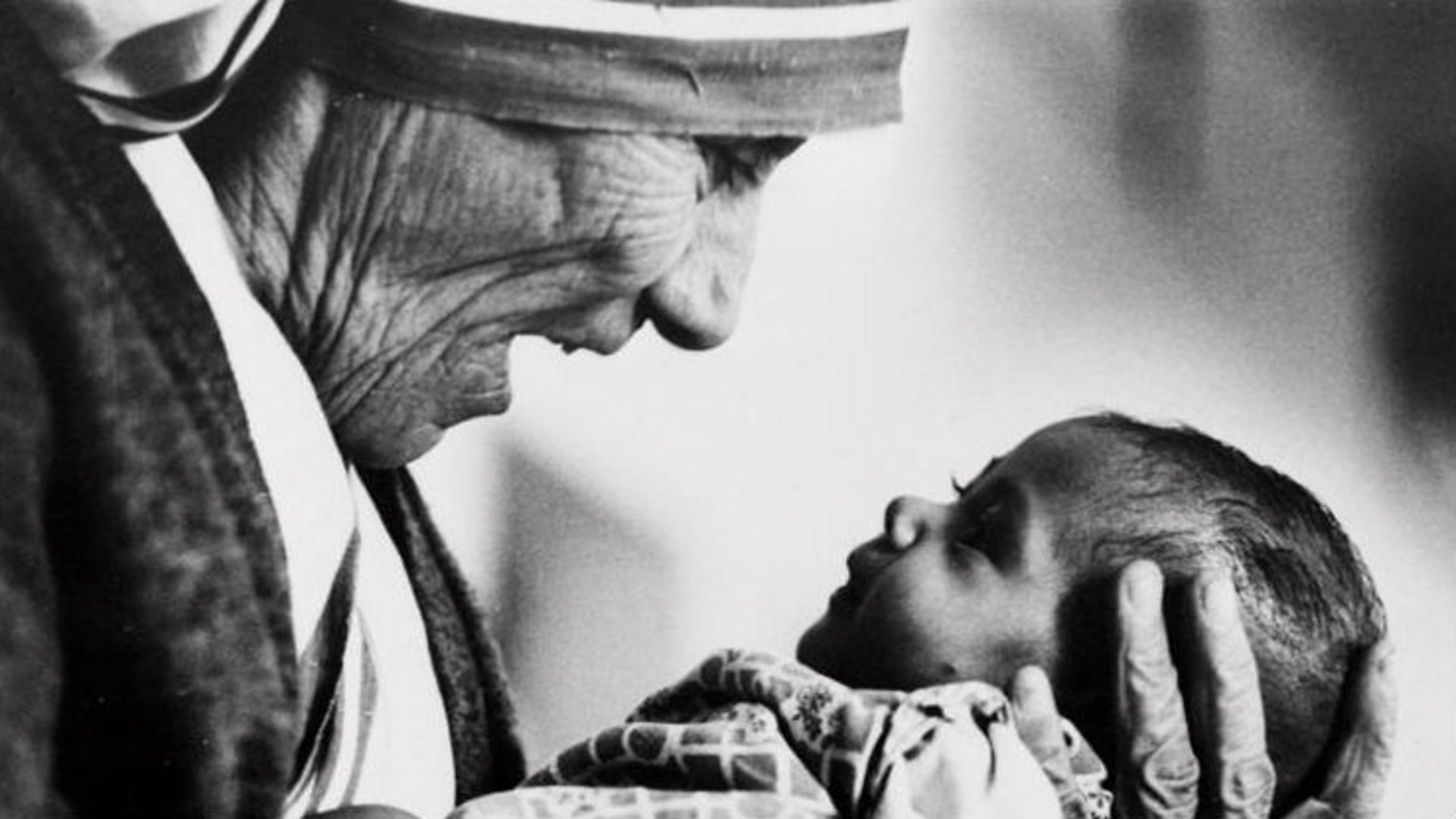The Under Caesar’s Sword project has sought to discover how Christians around the world have responded to persecution (results summarized in this recently published book).
One of the most surprising — and Christian — of these responses is forgiveness.
A fascinating recent case has emerged in Kandhamal, India, where terrible violence took place against Chrisitians (after the slaying of a Hindu monk) in August, 2008. The story is in a recent piece in the National Catholic Register.
The original violence is described here:
Christian targets in the idyllic jungle district of eastern Odisha state went up in flames following the August 2008 slaying of Hindu nationalist monk Swami Laxmanananda Saraswati in his hermitage in Kandhamal.
The body of the mysteriously slain Hindu leader was promptly displayed across Kandhamal in a funeral procession. Alleging the murder as a “Christian conspiracy,” Hindu nationalists promoting the two-day display called for revenge on Christians, leading to a bloodbath.
In the aftermath, nearly 100 Christians were killed, and 300 churches and 6,000 houses were plundered in unabated violence, rendering 56,000 people homeless when thousands of Christians refused to recant their faith, as ordered by the Hindu mob.
Advocacy groups and researchers expressed anger and frustration — over a lack of justice and even compensation for victims of the orchestrated violence — in protests held in New Delhi, in Odisha’s capital of Bhubaneswar, and in Phulbani, the administrative headquarters of Kandhamal district.
And here was the response:
A decade later, the Catholic Church’s observance of the tragedy was cool and sober. A dozen bishops from other parts of the country joined six bishops of Odisha in a solemn Mass of thanksgiving Aug. 25, with a message of reconciliation.
“We are here to give thanks for the valiant witness of Kandhamal Christians: those who embraced martyrdom, those who had to live in the jungles for months for their faith,” said Bishop Theodore Mascarenhas, secretary-general of the Catholic Bishops’ Conference of India, in his homily during the Aug. 26 celebration in Bhubaneswar.
“Due to the witness of the Kandhamal Christians, the faith of the Indian Church has increased,” added Bishop Mascarenhas. Further, he said, “There are regrets in the minds of those who carried out the violence. We ask the Lord today to change the minds of those who carried out violence so that they come to the path of peace.”
Archbishop John Barwa of Cuttack-Bhubaneswar, which includes Kandhamal, reiterated this theme of thanksgiving at the beginning of the Mass, which was attended by 3,000 people.
“What happened is behind us. We are happy with the positive changes taking place in Kandhamal,” Archbishop Barwa told the Register, in an apparent reference to the hundreds of assailants who have since apologized for the assaults on the Christians, with dozens of them even embracing the Christian faith.
There was much more to it, and worth reading the whole piece.
